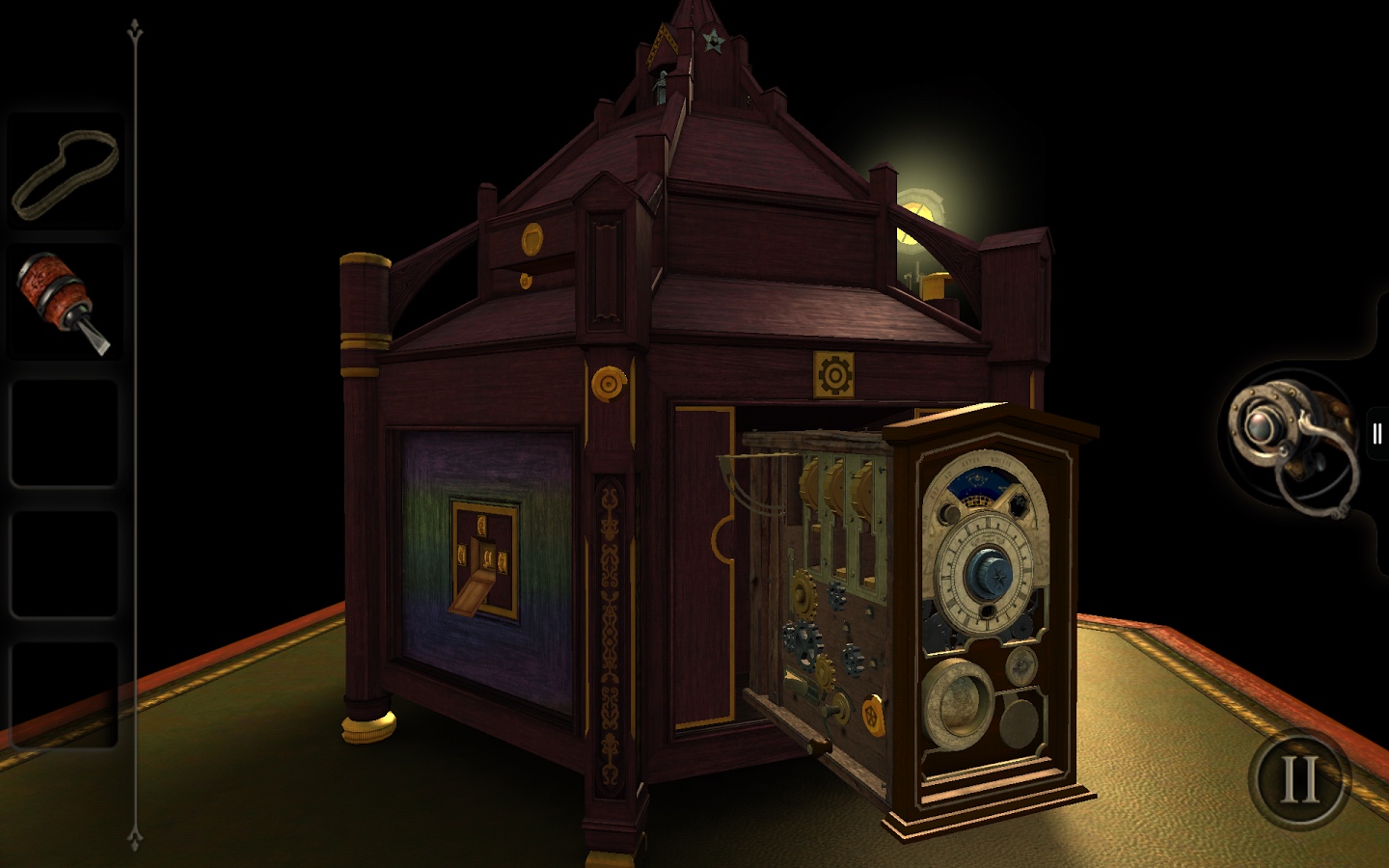Enhanced Presenter Display Options
I continue to cautiously use Keynote 6 as my primary presentation design tool. When possible, I also run my presentations off Keynote 6, but this is function of whether the venue will allow me to use my MacBook (usually) or, if not, whether they have Keynote 6 on their presentation machine (usually not).
While there are many other features still missing from Keynote 6, my biggest complaint has been the lobotomization of presenter display features. Specifically, Apple removed the ability to fully customize the presenter (not primary) display and, unfortunately, many presenters learn this when they’re up on stage running their first Keynote 6 presentation and they realize their configured presenter display – the display they use to keep the presentation in their head – has been reduced to a bare set of options where you can enable/display the current slide, next slide, presenter notes, the time, and the elapsed time.
For me, I often place most of my context in my presentation notes. These are notes the audience never sees, but I use to keep track of the narrative – especially when a talk is new. This means I usually make the presentation notes ginormous because that’s what I need to see. My actual slides are usually a couple of words or a photo, what I need is scalable presentation notes.
This is why the recent 6.1 Keynote update piqued my interest – “enhanced presenter display options”. Sweet. A quick scan of the different Mac sites out there revealed absolutely no detail regarding this feature. In fact, most of the sites uselessly parroted the “What’s new” section of Keynote 6; adding zero additional research of their own. Nice job.
Fortunately, I had Keynote 6 on a different machine so I was able to compare and contrast presenter display options and I’m sad to report the following. By enhanced presenter display options, I believe Apple has added the following to the presenter view… a button:
This button serves a single function. When presenting, it swaps the two (or more) displays that either show the slide view or the presenter view. Now, as a speaker, I can attest to the need of this button. It’s the first thing to go wrong with a presentation – the audience sees your speaker notes, but it’s a feature that has existed in Keynote for a long time: to swap the displays you hit the X key. This and a slew of other handy presenter display options are visible when you select the ? button above or select the ? in the toolbar above.
Not sure what annoys me the most: the useless description of the feature, the absence of any legit reporting on said useless feature, or the fact this really isn’t a feature. It’s a button.

